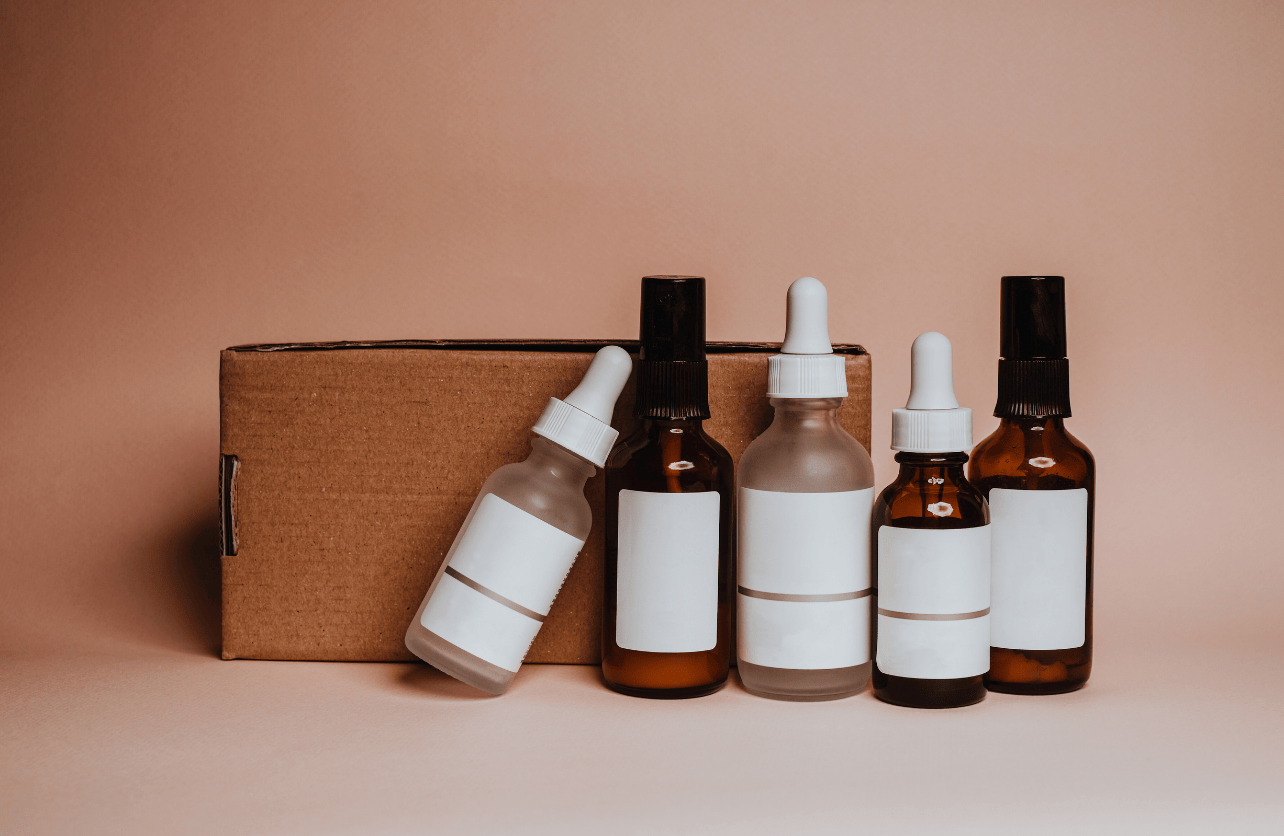Can You Use Niacinamide with Retinol?

As we’ve covered before: Retinol is one of the most effective skincare ingredients for tackling acne, fine lines, and uneven texture, but it can be irritating, especially for sensitive skin. That’s where niacinamide comes in. This multitasking ingredient is known for its ability to strengthen the skin barrier, reduce redness, and regulate oil production, making it an excellent companion to retinol.
If you’re wondering whether you can use niacinamide and retinol together, it’s actually one of the best skincare combinations for achieving smoother, healthier skin with minimal irritation.
Why Use Niacinamide and Retinol Together?
Both ingredients offer unique benefits, but they work even better when combined. Here’s why:
Niacinamide Soothes, While Retinol Repairs
- Retinol accelerates skin cell turnover, which helps clear acne, reduce hyperpigmentation, and smooth fine lines.
- However, this process can leave skin feeling dry, irritated, and sensitive.
- Niacinamide helps counteract these effects by calming inflammation, reinforcing the skin barrier, and maintaining hydration.
Reduces Retinol-Induced Irritation
- Retinol can cause redness, peeling, and sensitivity, especially in the early stages.
- Niacinamide strengthens the skin barrier, making it more resilient to retinol’s potential side effects.
- It also has anti-inflammatory properties, which can help reduce the redness and irritation that some people experience with retinol.
Balances Oil Production
- Retinol can sometimes dry out the skin, which may cause an increase in oil production as the skin tries to compensate.
- Niacinamide helps regulate sebum levels, preventing excess oiliness or dehydration.
- This makes the duo particularly beneficial for oily and acne-prone skin.
Enhances Skin Brightness and Even Tone
- Both niacinamide and retinol help fade dark spots and even out skin tone.
- Niacinamide inhibits excess melanin production, reducing the risk of post-inflammatory hyperpigmentation that can sometimes occur when using retinol.
How to Use Niacinamide and Retinol Together
To get the best results, it’s important to apply these ingredients correctly. Here’s a step-by-step routine to follow:
1. Cleanse Your Skin
- Use a gentle, non-stripping cleanser to remove dirt and oil.
- Avoid using exfoliating cleansers on nights when you apply retinol to prevent over-exfoliation.
2. Apply Niacinamide First
- After cleansing, apply a niacinamide serum or moisturizer containing niacinamide.
- This helps prep the skin and strengthen the barrier before introducing retinol.
3. Wait a Few Minutes
- Let the niacinamide absorb fully before moving on to retinol.
- This prevents potential interactions and allows each ingredient to work effectively.
4. Apply Retinol to Dry Skin
- Apply a pea-sized amount of retinol to your face.
- Focus on areas of concern, such as fine lines, acne, or uneven texture.
- Avoid the eye area, nostrils, and lips, as these areas are more prone to irritation.
5. Follow with a Moisturizer
- Retinol can dry out the skin, so it’s important to lock in moisture.
- Choose a hydrating, non-comedogenic moisturizer to keep your skin barrier strong.
6. Always Wear Sunscreen in the Morning
- Retinol increases sun sensitivity, so a broad-spectrum SPF 30+ sunscreen is essential.
- Skipping sunscreen can lead to sun damage, irritation, and worsened pigmentation.
Common Mistakes to Avoid
While niacinamide and retinol are a great combination, there are a few things to keep in mind:
1. Using Too Much Retinol
- A pea-sized amount is enough—more is not better!
- Overuse can lead to peeling, redness, and irritation.
2. Applying Retinol to Damp Skin
- Retinol absorbs too quickly on damp skin, which can lead to irritation.
- Always wait until your skin is completely dry before applying.
3. Mixing Too Many Actives at Once
- Avoid using other strong actives (like AHAs, BHAs, or vitamin C) at the same time as retinol.
- If you want to use these ingredients, apply them on different nights to prevent overstressing the skin.
4. Skipping Sunscreen
- Retinol increases sun sensitivity, and without SPF, you risk sunburn, irritation, and worsened pigmentation.
- Even if you’re indoors, UV rays can penetrate windows, so sunscreen is a must.
Who Can Benefit from This Combination?
Niacinamide and retinol are safe for most skin types, but they’re particularly beneficial for:
- Oily or acne-prone skin → Helps regulate oil, unclog pores, and reduce breakouts.
- Sensitive skin → Niacinamide soothes and strengthens, making retinol easier to tolerate.
- Mature skin → Both ingredients support collagen production and reduce fine lines.
- Hyperpigmentation-prone skin → Niacinamide prevents dark spots, while retinol promotes cell renewal.
Final Thoughts: Should You Use Niacinamide with Retinol?
Absolutely! Niacinamide and retinol work beautifully together to balance the skin, enhance radiance, and improve overall skin health. Niacinamide’s calming and hydrating properties make it an ideal companion to retinol’s powerful skin-renewing effects.
To get the best results, apply them in the correct order, start slow, and always wear sunscreen. With consistent use, this duo can help you achieve smoother, clearer, and more youthful skin—without unnecessary irritation.
Building a Stronger You
Supplement Institute is the fruit of extensive online publishing experience, spanning the breadth of SEO strategies to the nuances of paid advertisements. Our journey, marked by significant achievements and learning moments, inspires our core mission: to empower our readers with an abundance of information. By sharing insights and key learnings, we aim to provide you with the knowledge needed to navigate the complex world of supplements, helping you make well-informed decisions for your health and well-being. Welcome to Supplement Institute, where information is your greatest supplement.